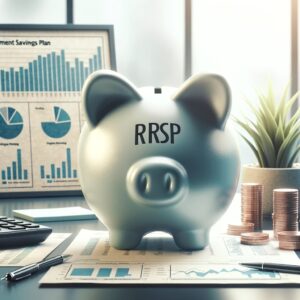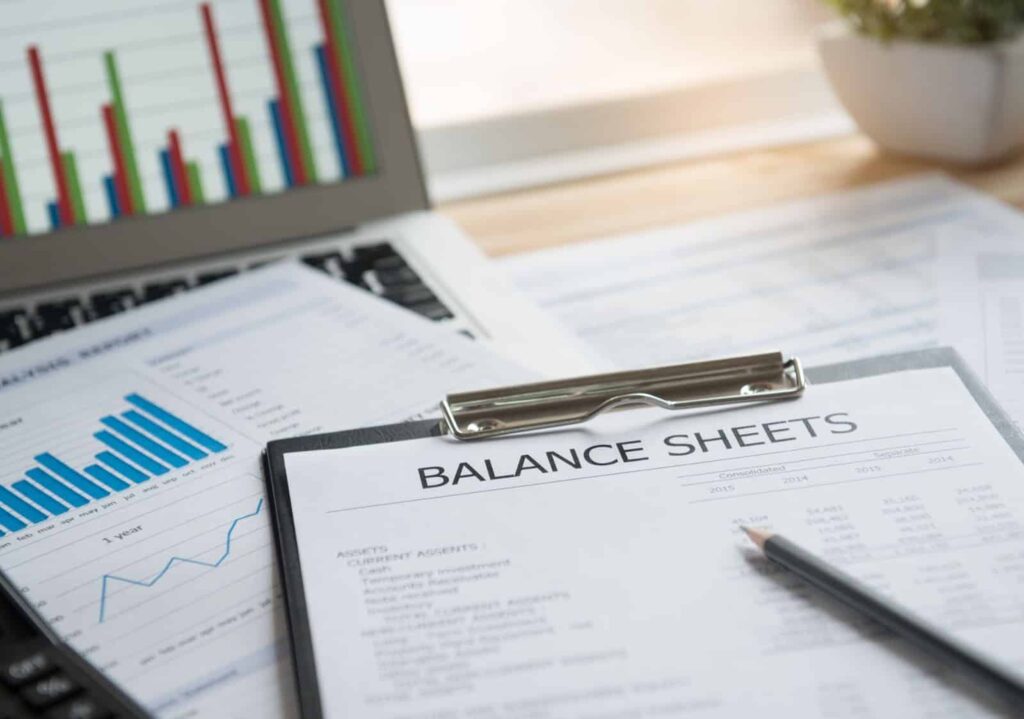Calgary Accounting | Becoming a homeowner is a significant milestone, and at Koss Accounting, we as Accountants In Calgary understand the financial complexities that come with this journey. For our first-time home purchasers in Canada, we’ve compiled a comprehensive guide on leveraging three powerful savings vehicles: FHSA, RRSP, and TFSA. Let’s explore how these instruments can be your financial superpowers, ensuring a smooth path to homeownership.
FHSA: First Home Savings Account
The First Home Savings Account (FHSA) program is a government initiative designed to assist Canadian residents aged 18 and older in purchasing their first home. Here’s how you can make the most of it:
- Annual Contribution Cap: You can contribute up to $8,000 annually, with a lifetime cap of $40,000. This allows you to save towards your first home systematically.
- Unused Room Carry-Forward: If you don’t use your full contribution room in a year, you can carry forward up to $8,000 to the following year, maximizing your savings potential.
- Account Duration: The FHSA can stay open for a maximum of 15 years or until the end of the year in which you turn 71, providing flexibility in your savings timeline.
- Tax Deductible Contributions: Contributions to your FHSA are tax-deductible, offering a valuable tax advantage as you save.
- Spousal Participation: If you’re married or in a common-law relationship, both you and your spouse can have separate FHSA accounts, allowing for collaborative savings.
Transfers
- You have the flexibility to transfer funds from your RRSP to FHSA and vice versa using the RC720 form. This strategic transfer can optimize your savings strategy.

Over Contribution
- Be cautious not to over-contribute (beyond $8,000 in a year or $40,000 lifetime), as this creates an Excess FHSA amount subject to a 1% per month tax. Use form RC727 to address over-contributions.

RRSP: Registered Retirement Savings Plan
The Registered Retirement Savings Plan (RRSP) offers the Home Buyers’ Plan, allowing you to withdraw up to $35,000 tax-free for a home purchase. Here’s how to leverage this program effectively:
- Repayment Period: The amount withdrawn must be repaid within 15 years, starting the year after the first withdrawal. Unpaid amounts are included in your income annually.
- Withdrawal Process: Utilize form T1036 for each withdrawal, ensuring a straightforward and compliant process.

Combine with First-Time Home Buyers’ Tax Credit
- Maximize your benefits by combining RRSP withdrawals with the First-Time Home Buyers’ Tax Credit, allowing you to claim up to $10,000 for a qualifying home purchase.
TFSA: Tax-Free Savings Account
The Tax-Free Savings Account (TFSA) complements your savings strategy, offering tax-free growth on your contributions. Here’s how to make the most of your TFSA:
- Contribution Room: As of 2023, the cumulative contribution room is $88,000, providing ample space for tax-free savings.
Flexible Withdrawals: Withdraw funds without impacting your contribution room, offering financial flexibility for various needs.

Real-Life Examples
Example 1: Maximizing FHSA and RRSP
Consider John, who strategically contributes $5,000 annually to his FHSA, transfers $3,000 from his RRSP to FHSA, and has a TFSA of $10,000. After five years, he has $40,000 in FHSA, providing him with $85,000 in tax-free amounts for a home purchase.
Example 1 Breakdown:
John has:
RRSP – $100,000
TFSA – $10,000
FHSA – $0
You only have $5,000 cash each year to put into any registered savings account.
John has:
RRSP – $100,000
TFSA – $10,000
FHSA – $0
You only have $5,000 cash each year to put into any registered savings account.
In each of the first years, you contribute $5,000 to the FHSA and transfer $3,000 from the RRSP to the FHSA
After the 5th year:
RRSP – $85,000
TFSA – $10,000
FHSA – $40,000
Tax-free amounts available to withdraw to purchase your first home:
RRSP – $35,000
TFSA – $10,000
FHSA – $40,000
Total – $85,000
$35,000 has to be repaid by the end of the 16th year after the first withdrawal from the RRSP or include $2,333.33 as income in each of the 15 years and pay tax at your highest marginal rate. If your highest marginal rate = 33%, your tax liability would be $777.78 (2,333.33 @ 33%)
Example 2: Collaborative Savings Strategy
Imagine Larry and Barbara collaborating to maximize FHSA, RRSP, and TFSA contributions. After five years, they collectively have $80,000 in FHSA, providing $195,000 in tax-free amounts for a home purchase.
Example 2 Breakdown:
Larry has:
RRSP – $50,000
TFSA – $5,000
FHSA – $0
Barbara has:
RRSP – $250,000
TFSA – $40,000
FHSA – $0
Barbara has $10,000 a year to put into a registered savings account and Larry has none.
First-year
- Barbara contributes $8,000 to her FSHA and $2,000 to her RRSP
- Larry transfers $8,000 from his RRSP to his FSHA
Second year
- Barbara contributes $8,000 to her FSHA and $2,000 to her RRSP
- Barbara transfers $1,000 from her RRSP to Larry’s FSHA
- Larry transfers $7,000 from his RRSP to his FSHA
Third to Fifth year
- Barbara contributes $8,000 to her FSHA and $2,000 to her RRSP
- Barbara transfers $8,000 from her RRSP to Larry’s FSHA
After the 5th year:
Larry has:
RRSP – $35,000
TFSA – $5,000
FHSA – $40,000
Barbara has:
RRSP – $235,000
TFSA – $40,000
FHSA – $40,000
Tax-free amounts available to withdraw to purchase your first home:
RRSP – $70,000
TFSA – $45,000
FHSA – $80,000
Total – $195,000
For each Larry and Barbara, $35,000 has to be repaid by the end of the 16th year after the first withdrawal from the RRSP or include $2,333.33 as income in each of the 15 years and pay tax at your highest marginal rate. If your highest marginal rate = 33%, your tax liability would be $777.78 (2,333.33 @ 33%)
Additional Resources: First-Time Home Buyer Incentive
Explore the First-Time Home Buyer Incentive, a program designed to assist first-time homebuyers in purchasing their first home. With 5% or 10% contributions from the government, this incentive enhances your down payment, making homeownership more accessible.
To delve deeper into these savings vehicles and explore the First-Time Home Buyer Incentive, consult additional resources from reputable institutions such as TD Bank, RBC Bank, Forbes Canada, and the Canada Revenue Agency.
Embark on your homeownership journey with financial confidence. At Koss Accounting, we’re here to guide you through the intricacies of these savings tools, helping you turn the key to your first home, for everything related to Calgary Accounting, we ensure that your financial decisions are informed, strategic, and aligned with your dreams of a secure and prosperous future.

